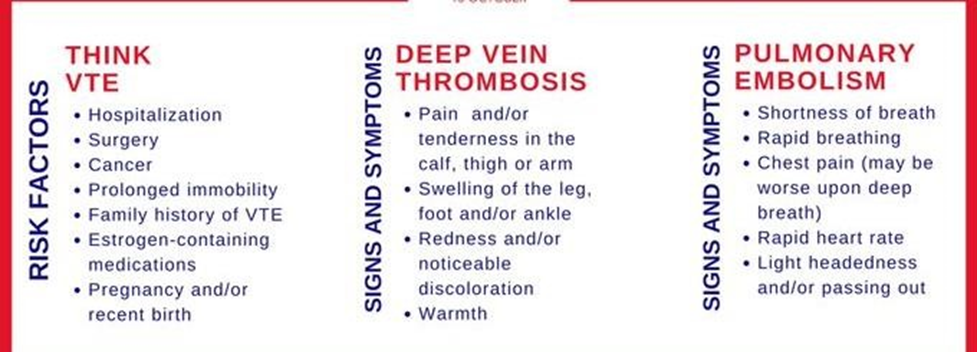A nurse is assessing a client whose therapy has included bed rest for several weeks.
Which of the following findings should the nurse identify as the priority?
Loss of appetite
Left lower extremity tenderness
Increased heart rate during physical activity
Musculoskeletal weakness
The Correct Answer is B
A. While decreased appetite may be concerning, it is not typically considered a priority over potential complications related to immobility.
B. Left lower extremity tenderness could indicate deep vein thrombosis (DVT), a serious complication of prolonged bed rest that requires immediate attention to prevent pulmonary embolism.
C. Increased heart rate during physical activity may be expected after a period of bed rest and can be addressed with gradual reconditioning.
D. Musculoskeletal weakness is a common consequence of immobility and would be addressed as part of the client's rehabilitation but is not an immediate priority compared to potential complications like DVT.

Nursing Test Bank
Naxlex Comprehensive Predictor Exams
Related Questions
Correct Answer is A
Explanation
A. This response is appropriate because it shows empathy, respect, and interest in the client's feelings and thoughts. It also invites the client to explore and clarify their meaning of purpose and how it relates to their retirement.
B. This response is dismissive of the client’s concern.
C. While hobbies can be fulfilling, this response does not address the client's feelings of purposelessness directly.
D. This response minimizes the client's feelings and does not offer constructive solutions to address their concerns.
Correct Answer is A
Explanation
A. " Loose or uneven carpeting on stairs can increase the risk of falls for clients who have impaired balance or mobility. The nurse should instruct the client to secure carpeting on stairs with tacks or other fasteners to prevent slipping or tripping.
B. Securing extension cords with paper tape may not provide sufficient support and can pose a tripping hazard. It is better to use cable covers or secure them along the baseboard.
C. Placing furniture strategically in hallways increases the risk of falls. Furniture should be placed away from hallways.
D. Rugs in bathrooms can become slippery when wet, increasing the risk of falls. It is safer to use non-slip mats or rugs with rubber backing.
Whether you are a student looking to ace your exams or a practicing nurse seeking to enhance your expertise , our nursing education contents will empower you with the confidence and competence to make a difference in the lives of patients and become a respected leader in the healthcare field.
Visit Naxlex, invest in your future and unlock endless possibilities with our unparalleled nursing education contents today
Report Wrong Answer on the Current Question
Do you disagree with the answer? If yes, what is your expected answer? Explain.
Kindly be descriptive with the issue you are facing.
